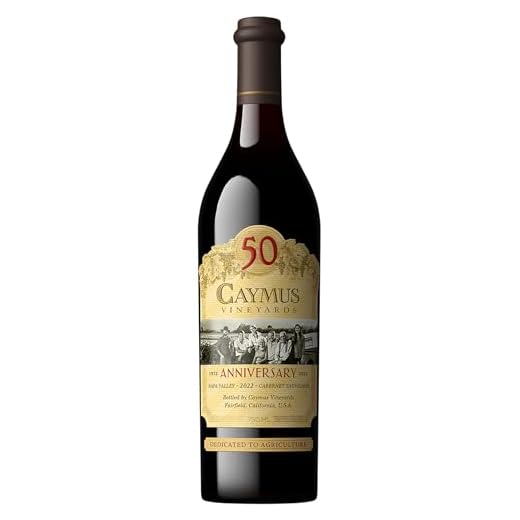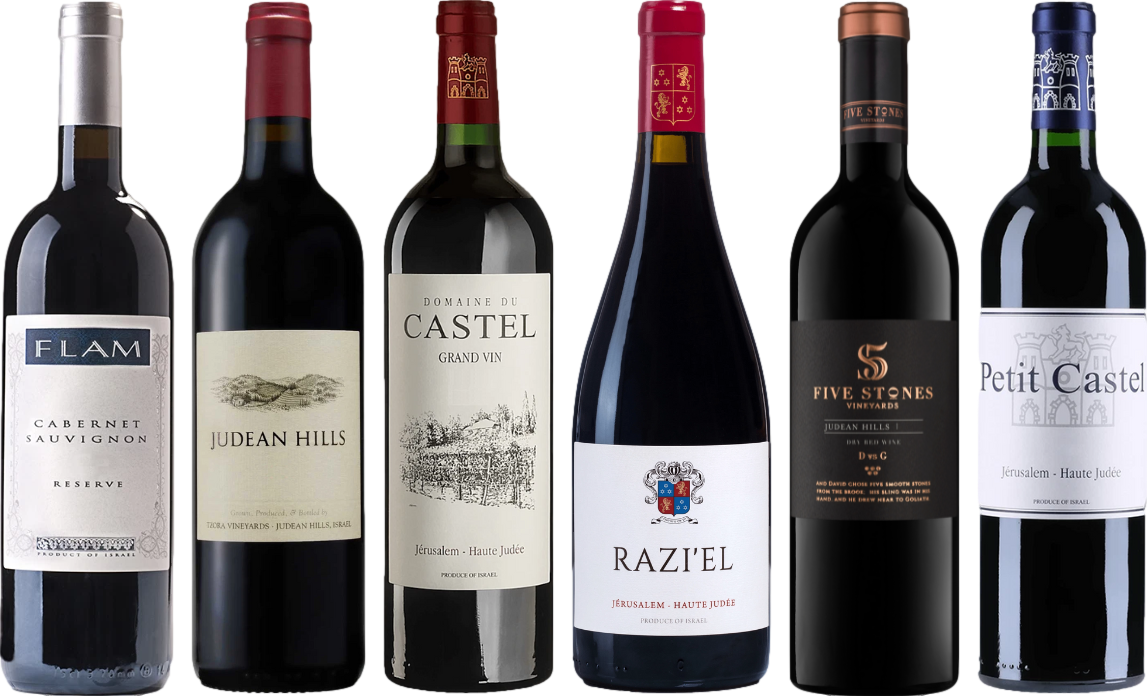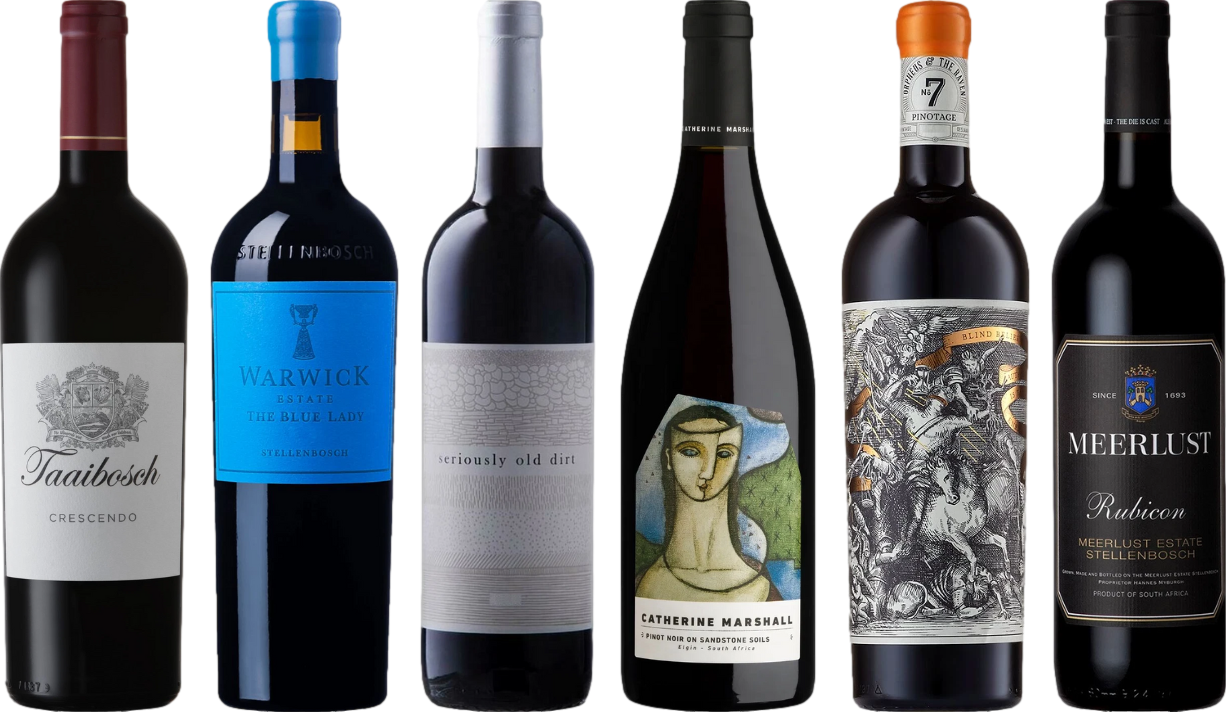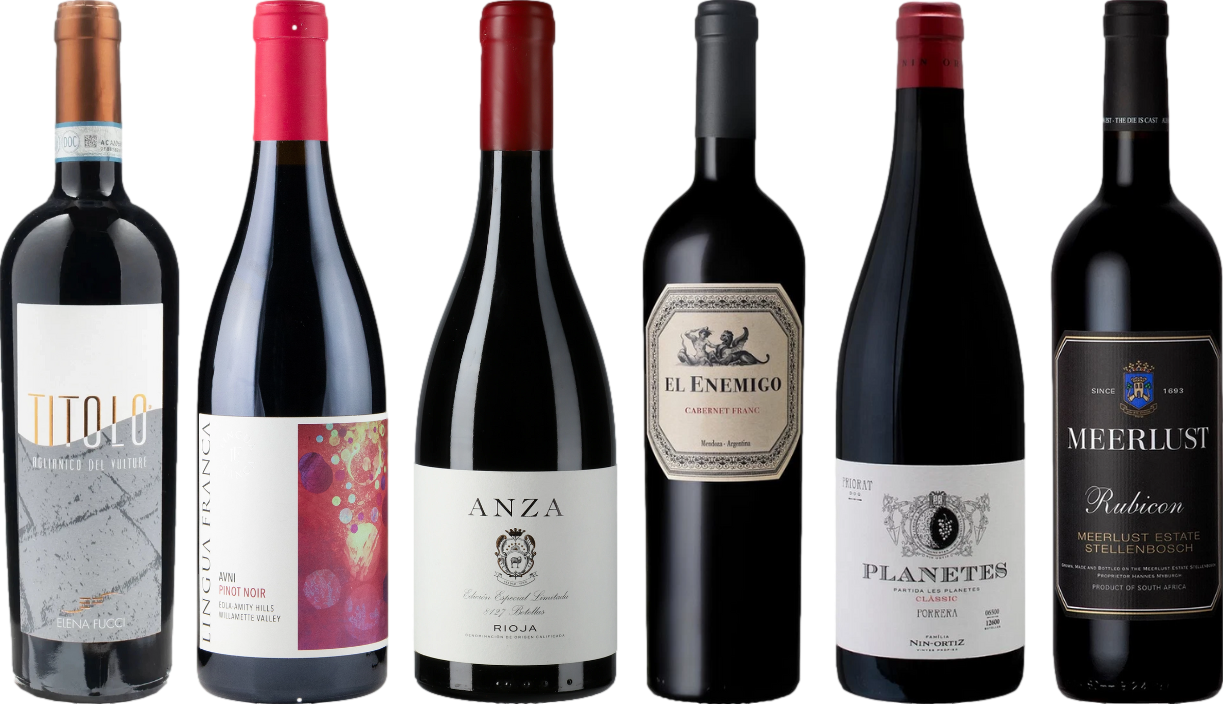



For enhancing your culinary creations, I highly recommend using a bold Merlot. This varietal offers a rich, fruit-forward profile that complements many dishes, particularly red meats and hearty vegetables. The smooth tannins and balanced acidity of Merlot make it a versatile choice, ensuring your sauces and marinades gain depth and complexity.
When selecting a specific bottle, consider options from regions like California or Bordeaux. A California Merlot typically showcases ripe plum and cherry notes, while Bordeaux versions may include earthy undertones, adding an intriguing layer to your recipes. Look for labels that mention “reserve” or “limited release,” as these often denote higher quality and more concentrated flavors.
Incorporating Merlot into your cooking not only enhances flavor but also creates an inviting aroma in your kitchen. A cup of this luscious wine in your braise or sauce will elevate the dish, making it truly memorable. Enjoy the process of experimentation–every bottle can lead to a delightful new discovery in your culinary repertoire.
Choosing the Right Choice for Cooking
For a robust flavor profile, consider using a Cabernet Sauvignon. Its tannins and rich fruit notes enhance sauces and marinades beautifully, particularly in hearty dishes like beef stew or braised meats.
Another excellent option is a Merlot. It offers a softer approach with its smooth texture and hints of plum and chocolate. This varietal works wonders in recipes where you want to add depth without overwhelming the dish.
For a lighter touch, Pinot Noir is a versatile selection. Its acidity and berry flavors pair well with poultry and pork, making it ideal for lighter sauces or reductions.
Shiraz, known for its peppery and bold characteristics, is perfect for adding a kick to barbecue sauces and spicy dishes. Its intensity can elevate flavors significantly.
Always opt for a bottle that you enjoy drinking, as the quality of the liquid will translate into the final dish. Avoid cooking wines, which often include salt and additives that can detract from the overall taste.
Choosing the Right Wine for Specific Dishes
For rich and hearty meals, opt for a Cabernet Sauvignon. Its bold structure complements grilled meats and robust sauces beautifully.
When preparing a tomato-based sauce, consider a Merlot. Its softer tannins and fruity notes balance the acidity of tomatoes effectively.
For braised dishes, a Syrah makes an excellent choice. Its peppery and smoky characteristics enhance the flavors of slow-cooked meats.
For mushroom risotto, choose a Pinot Noir. This variety’s earthy undertones harmonize well with the umami notes of mushrooms.
When working with a creamy pasta, a Grenache can add a luscious touch. Its fruit-forward profile blends seamlessly with rich sauces.
In the case of stews, particularly those featuring lamb or beef, a Malbec is ideal. Its dark fruit flavors and velvety texture elevate the dish.
For seafood cooked in a savory broth, a light-bodied Tempranillo can provide a refreshing contrast. Its acidity brightens the overall flavor profile.
For desserts featuring dark chocolate, a Zinfandel pairs beautifully. Its jammy fruit flavors enhance the sweetness of the chocolate.
Each dish has its ideal match; understanding the characteristics of these varieties will elevate your culinary creations.
Popular Red Wines Ideal for Cooking
For enhancing flavors in your dishes, consider using Chianti. Its acidity and earthy undertones make it perfect for tomato-based sauces and rich stews. The Sangiovese grape brings out the depth in Italian recipes, elevating your culinary creations.
Another excellent choice is Merlot. Its smooth profile and berry notes complement meats, particularly in braised dishes. The softness of Merlot allows it to blend seamlessly, enhancing the overall taste without overpowering other ingredients.
Cabernet Sauvignon stands out for heartier meals. The bold structure and tannins make it an exceptional match for grilled or roasted meats, bringing out the savory qualities. Use it in marinades to infuse a rich flavor.
If you’re looking for something versatile, Pinot Noir is your best bet. Its lighter body and bright acidity work wonders in sauces and with poultry. This varietal adapts well, making it suitable for various dishes, from coq au vin to mushroom risottos.
Lastly, Zinfandel offers a fruity character that pairs well with barbecue and spicy dishes. Its jammy quality adds a unique twist, balancing heat and sweetness beautifully. This wine can enhance the overall experience of your meal.
Understanding Wine Characteristics for Cooking
Selecting a bottle for culinary applications involves a keen awareness of its attributes. The key traits to consider include acidity, tannin levels, and flavor intensity. High acidity enhances the brightness of dishes, while low-tannin options contribute to a smoother mouthfeel. Opt for wines with pronounced flavors to ensure they stand out in your recipes.
Acidity and Its Role
Wines with elevated acidity, such as Chianti or Barbera, can balance rich ingredients like cream or butter, providing a refreshing contrast. The acidity acts as a foil, lifting the overall dish and preventing it from feeling heavy. When making sauces or marin marinades, these vibrant options are particularly beneficial.
Tannin and Flavor Intensity
Understanding tannin is crucial, especially when working with proteins. Wines that are high in tannins, like Cabernet Sauvignon or Syrah, can impart a more robust flavor, enhancing hearty meats. Conversely, opt for lighter-bodied wines, such as Pinot Noir, when preparing delicate proteins like chicken or fish, ensuring the dish remains balanced.
| Characteristic | Recommended Types | Ideal Pairings |
|---|---|---|
| High Acidity | Chianti, Barbera | Rich sauces, creamy dishes |
| Low Tannin | Pinot Noir | Chicken, fish |
| High Tannin | Cabernet Sauvignon, Syrah | Hearty meats, stews |
By focusing on these characteristics, you can elevate your culinary creations, ensuring that the chosen bottle enhances rather than overwhelms the dish. Each pour should contribute to the overall harmony of flavors, making your meals memorable.
How to Pair Wine with Meat Types
For an excellent harmony between your meat and beverage, consider the cut and preparation method. For example, hearty and robust meats like beef benefit from a full-bodied choice, such as a Cabernet Sauvignon. The tannins in this variety complement the richness of the meat, enhancing flavor profiles.
Pork, on the other hand, pairs wonderfully with a lighter option. A Pinot Noir works well, balancing the sweetness of the meat while bringing out its savory qualities. If you’re preparing a dish with a sweet glaze, consider a Zinfandel, as its fruitiness can elevate the overall experience.
Lamb, especially when roasted, aligns beautifully with a Syrah or Shiraz. The peppery notes in these wines enhance the gaminess of the meat. If you’re looking for something different, try a Grenache; its berry flavors can add an intriguing twist.
When serving poultry, like chicken or turkey, a Merlot offers a versatile pairing. This medium-bodied option complements various seasonings and sauces. If the dish is seasoned with herbs, a Sangiovese can also be a delightful match.
For game meats, such as venison or duck, opt for a Barolo. Its structure and complexity stand up to the strong flavors of the meat. If you’re curious about preparing something unique, check out this link for how to cook lambs liver for dogs–the rich flavors can pair beautifully with a Chianti.
Understanding these pairings can elevate your dining experience, allowing the flavors of both the meat and the beverage to shine.
Using Wine in Sauces and Marinades
For enhancing the depth of flavor in sauces and marinades, opt for a full-bodied option like Zinfandel or Syrah. These varieties impart rich, robust characteristics that elevate the overall dish.
When creating a marinade, consider the following components:
- Acidity: Wine adds necessary acidity, helping to tenderize meats. Combine it with vinegar or citrus for a balanced profile.
- Flavor Profile: Match the wine’s flavor with the final dish. For a steak marinade, a Cabernet Sauvignon works well, while a lighter option like Pinot Noir complements chicken.
- Herbs and Spices: Infuse marinades with fresh herbs, garlic, or spices, ensuring they harmonize with the wine.
For sauces, reduce the chosen liquid to concentrate flavors:
- Sauté aromatics: Start with onions, garlic, or shallots in olive oil or butter.
- Add wine: Pour in the wine and let it simmer until reduced by half, intensifying the flavors.
- Finish: Incorporate cream, stock, or butter for a luxurious texture, adjusting seasoning as needed.
Experiment with the quantity; a general rule is one cup of wine for every four servings. Adjust based on personal taste and the dish’s needs. Remember, the quality of the liquid matters–choose something you’ll enjoy drinking, as it directly influences the dish’s flavor.
Budget-Friendly Options for Culinary Uses
For those looking to enhance their dishes without overspending, several affordable selections shine. A prime example is a Merlot from California, known for its smooth finish and fruit-forward profile, making it an ideal companion for hearty stews. Another great choice is a Spanish Tempranillo; its earthy notes and moderate acidity complement rich sauces beautifully.
Top Picks Under $15
Consider exploring a Chilean Cabernet Sauvignon, which often features bold flavors at a reasonable price. Its structure and tannins can elevate grilled meats or pasta dishes. Additionally, a Nero d’Avola from Sicily offers a delightful balance of fruit and spice, perfect for braises or roasted vegetables.
Buying Tips for Maximum Value
When shopping, look for wines labeled as “table” or “house” options, often providing quality at a lower price. Don’t hesitate to ask for recommendations from local retailers–they can guide you to hidden gems that fit your budget. Remember, the goal is to find something enjoyable that elevates your culinary creations without breaking the bank.
Tips for Cooking with Wine: Dos and Don’ts
Always opt for a bottle that you would enjoy drinking. If the flavor is unappealing in a glass, it won’t enhance your dish. Invest in quality, even for cooking purposes, as it impacts the final result significantly.
Dos
Use wine to deglaze pans after sautéing meat or vegetables. This technique captures the flavors left in the pan, creating a rich base for sauces.
Allow the alcohol to evaporate by simmering the liquid for a few minutes. This concentrates the flavors and leaves a more balanced taste.
Experiment with different varietals to discover unique flavor profiles. Each type can lend distinct characteristics to your meals.
Don’ts
Avoid using cooking wine, which often contains added salt and preservatives that detract from the overall taste.
Do not drown your dish in alcohol. A little goes a long way; excessive amounts can overwhelm other flavors.
Never assume that all wines work for every recipe. Pair thoughtfully, considering the dish’s ingredients and desired flavor intensity.









